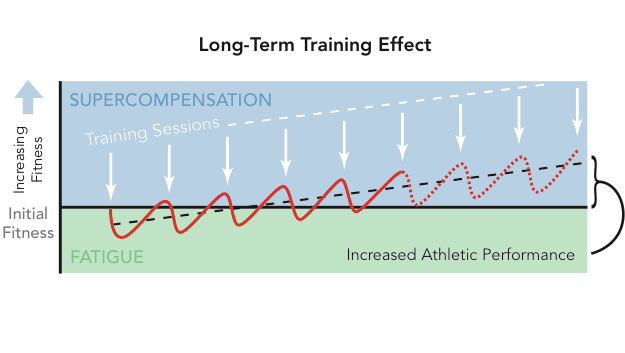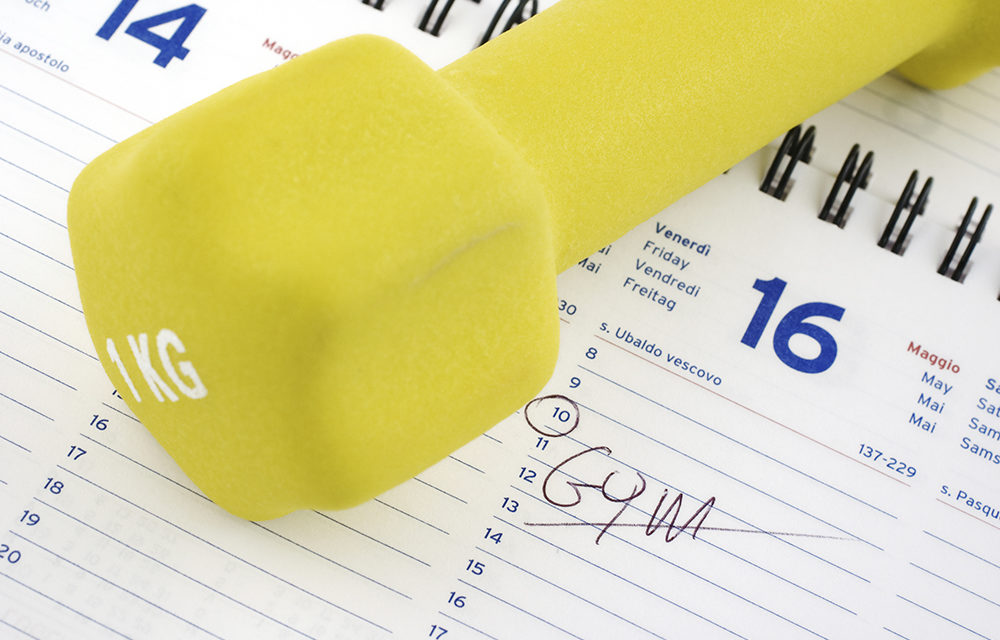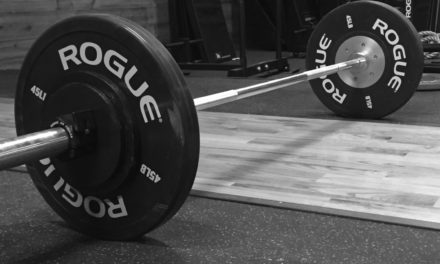Good morning everyone. I hope you all have had a great week and have been enjoying the beginning of spring!
Today’s piece is going to be Part I of a multi-part piece detailing how to properly schedule your weekly workouts to maximize strength gains, muscle development and fat loss.
In the coming weeks I’m going to give you outlined templates of the workout schedules I prescribe for my clients, but before I do that, today I have to delve into a bit of science so that you understand the why behind the workout schedules I prescribe.
Now you may be thinking, “Zach, I don’t care why, just tell me how to do this.”
But there is something about us as humans, that when we understand why something is set-up the way it is, we adhere to it for more consistently.
Now before we start let me make two points:
First, incorrectly scheduling workouts are, by far, the most common mistake I see when analyzing exercise programs.
Secondly, incorrectly scheduling your workouts can lead to injury and completely undermine your ability to make any sort of progress in the gym.
So if you are serious about your fitness goals, whether they are building muscle, building strength, losing weight or optimizing your health, I strongly urge you to lace up your boots, put on your thinking caps and dive-in with me today!
I promise you will be a far wiser gym rat for it.
Okay, let’s get to this!
The Two Primary Factors That Influence Scheduling:
When organizing your weekly workouts there are two primary factors that will influence how you need to schedule your weekly workouts. Your goals and how many days a week you will be able to exercise.
Goals
If your goals are to build muscle and get stronger, you’ll need to organize your weekly workout schedule so that you maximize your lifting abilities each time you exercise and leave enough time between workouts to properly recover.
If your goal is to lose body fat, you’ll likely want to include some cardiovascular work, although not necessarily, so your weekly workout schedule will need to properly balance your resistance training with your cardio work.
Time
With your goal in mind, next determine how many days a week you will be able to exercise.
Now, and this is critical, you have to be honest and realistic about the time you have and how many days each week you will be able to exercise.
I can’t stress this enough. I can’t tell you how many times I’ve seen people, and I’ve absolutely done this myself, develop a weekly schedule that is too aggressive.
Then when work, family or another one of life’s many obligations comes calling our program becomes too time consuming. Then we begin to stress out and since we can’t choose our workouts over our jobs or our families (even though we might want to) we give up on our entire program. And now we are back to square one.
(Trust me, it is one thing to plan to get to the gym 4-6 days a week. It is a whole other thing to actually get to the gym 4-6 times a week. And this is coming from a guy who works in a freaking gym!)
Always remember this. The best and most effective workout schedule is not the one that looks the best on paper. The best and most effective workout schedule is the one that is doable, practical and fits within your daily life.
Understanding How Your Muscles Respond To And Recover From Exercise.
Now before I get into my weekly schedule outlines, I have to talk about a critical concept called the muscular super-compensation model (Science time people) that outlines how your muscles respond to and recover from exercise.
Why?
Because without an understanding of the muscular super-compensation model you can’t truly understand why certain exercise schedules work while others provide less than optimal results, or even no results at all.
So:
When you exercise a muscle, you cause physical damage to that muscle and as a result, for a period of time after that workout, generally around 48 hours, that muscle’s capabilities are reduced.
However, once your muscle has fully recovered from its last workout, for a short period of time its physical capabilities are greater than they were before the last workout. This is the muscular super compensation phase and lasts from about 48 – 96 hours after a muscle’s last workout.
But, and this is very important, about 96 hours after a muscle’s last workout, if it is not exercised again, its new and improved physical capabilities, and potential for size development, will diminish and return to where they were before the muscles last workout.
Below is an excellent diagram that outlines all of this visually:

Okay, now that we understand how our muscles respond, recover and super compensate from exercise, let me explain how this relates to scheduling your workouts. (Because that was the whole point to this entire article wasn’t it…)
The way you build strength and develop muscle mass is to exercise your muscles during the peak of their super compensation phase. In practical terms, this means exercising your muscles 48-96 hours (48-72 hours most preferably) after their last workout.
This enables you to build new levels of muscle mass and strength starting from your muscles super compensated peak. And this is how, over time, you slowly and gradually build muscle and build strength.
Here is an excellent chart that puts this concept into visual terms.

Okay, so there you go! Now you understand the two most important factors that will influence your workout schedule and one of the most important concepts in exercise physiology.
Next week, I’ll start laying out the weekly exercise schedules I prescribe to my clients, as well as discussing why a few of the most popular exercise schedules lead to far less than optimal results.
Have a great weekend and as always,
To our health!
Zach





